Heritage Albufeira
Are unknown sources Albufeira, but it is believed that this area was inhabited in prehistoric times and that the place where is the city, have been a town with a seaport.
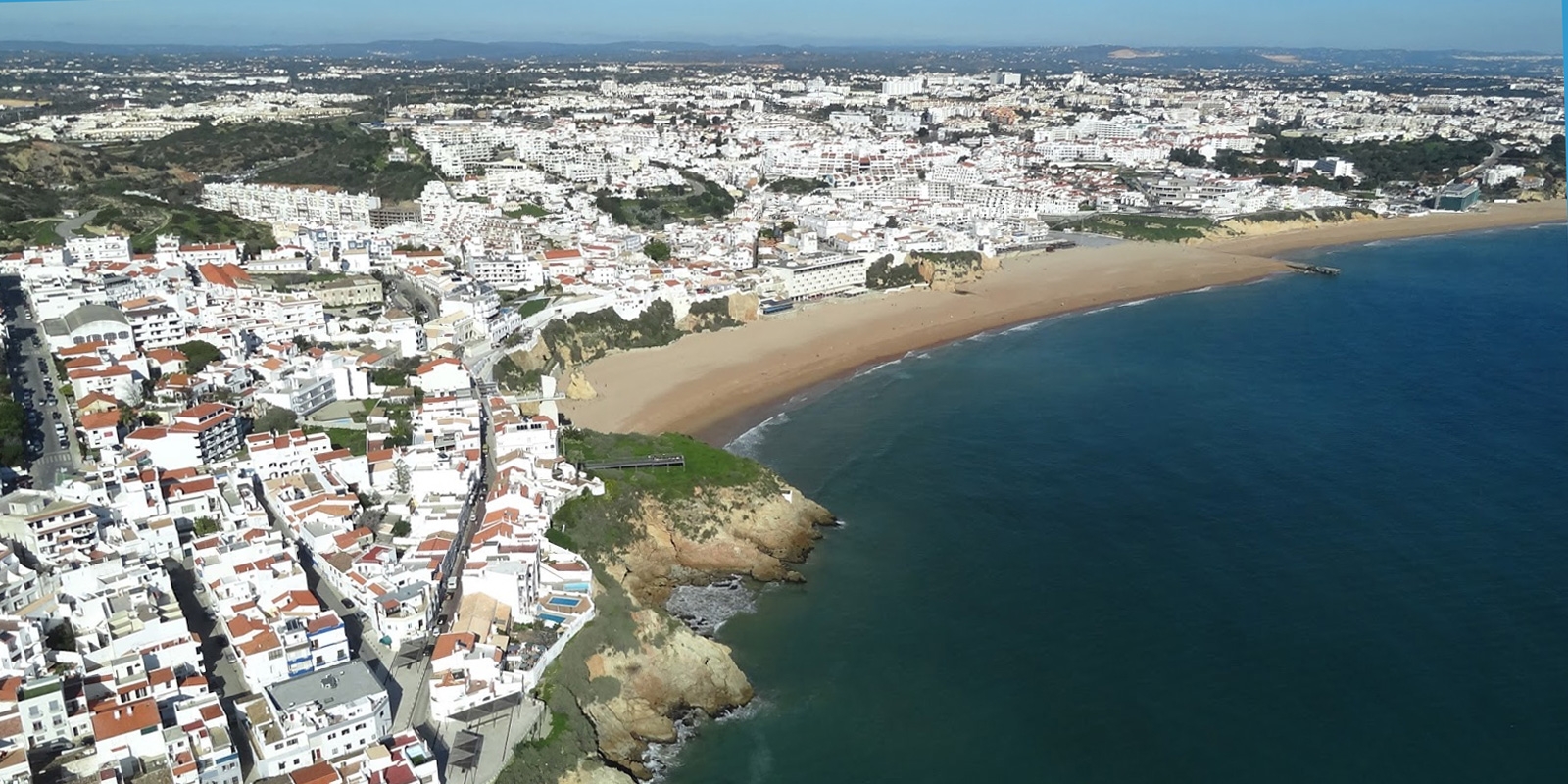
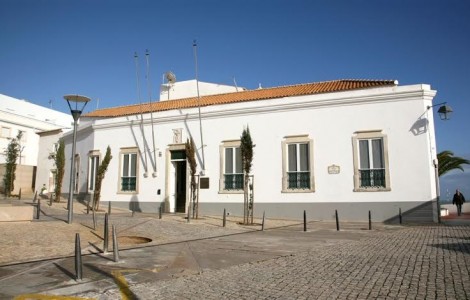
Municipal Museum of Archaeology – in the old city core, this is installed in the building that worked until the end of the 80, City Hall, and features of urban architecture in southern Portugal, this property consists of two floors sobranceiros the sea. The museum offers areas of study, conservation, restoration and storage of materials, in addition to a small thematic library. The parts are closely linked with the history of Albufeira from its earliest origins to the seventeenth century, divided into four main sections: the facade Detail, Prehistory, Roman Period, Period Islamic and Modern Age. The main collection was assembled by Father José Manuel Semedo de Azevedo and includes a neolithic vase, a set of architectural elements and artifacts of the Roman Villa of Retort, Morgado necropolis of Lameira and Ancient Church of Albufeira, as well as some elements found in the city and whose origin is unknown. This museum is part of the Portuguese Museum Network since 2003, and a museum accredited as the provisions of the Framework Law of the Portuguese Museums and since 2007, part of the Network of Museums of the Algarve since 2007. Open from 1 September to 30 June: Saturdays, Sundays, Tuesdays and public holidays – from 9.30 to 12.30 and from 13.30 to 17.30; other days of the week – from 9.30 to 17.30; closed on Mondays. And from 1 July to 31 August: Saturdays, Sundays, Tuesdays and public holidays – from 9.30 to 12.30 and from 13.30 to 17.30; Thursday and Friday – from 14h00 to 22h00, with provision of targeted visits; other days of the week – from 9:30 to 17:30 and is closed on Mondays.
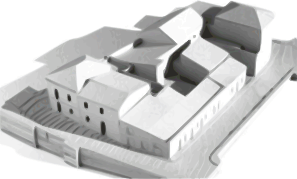
Museum Barrocal – It is based on the general objectives of a regional museum or an eco museum, with the captive local community participation, following the theoretical and practical principles of museological science, fulfilling its social, scientific and didactic museum to be created in Paderne. This is an area of knowledge and experience, as well as a center of cultural, technical and scientific resources, preserving and disseminating the movable cultural heritage, property, natural and Barrocal memories. The Museum of the contents will have the key ideas: the rural heritage, geomorphology, flora and fauna of the Barrocal.
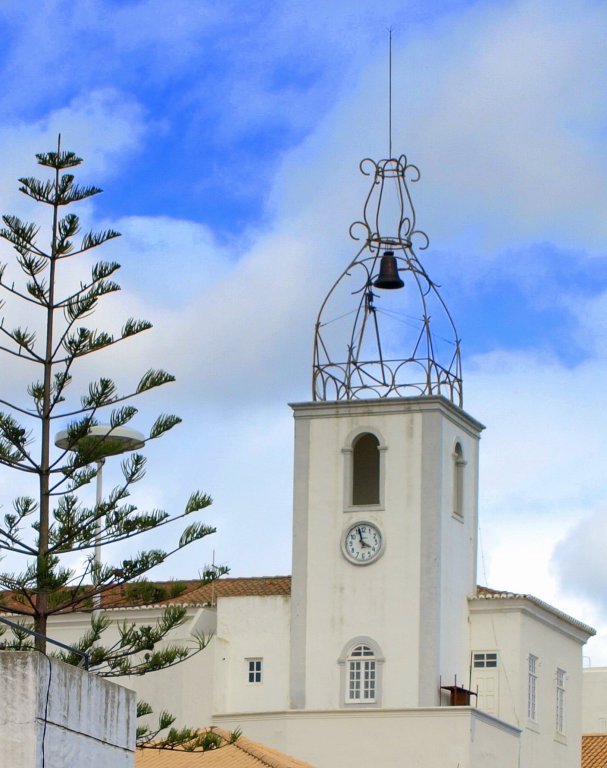
Clock tower – in Bernardino de Souza Street, is considered the landmark of the city. In the nineteenth century it was endowed with a crown of iron which holds the bell hours and currently is lit in party days.
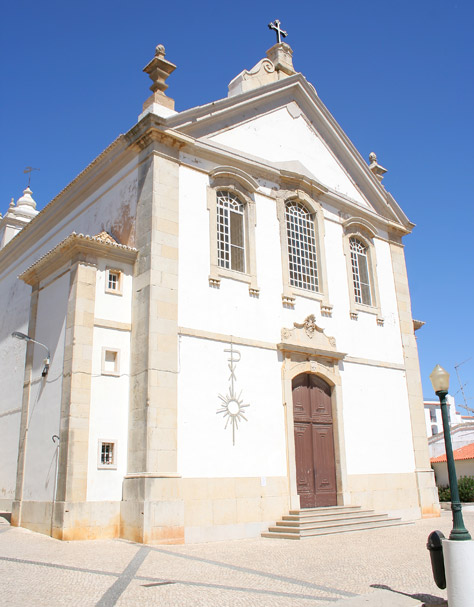
Mother Church – in New Church Street, dating back to the eighteenth century and was sacred on 15 July 1800 by the Bishop of the Algarve, Dom Francisco Gomes de Avelar. The Church has replaced the old parish church that collapsed during the Neoclassical style from 1755 earthquake and a single nave, has four side chapels, the baptismal chapel, the choir, two pulpits and two side rooms. These rooms are dedicated to the Holy Souls, the Bishop St. Louis, the Our Lady of Fatima and the Sacred Heart of Jesus. Importantly, a magnificent painter’s authorship of the painting Albufeirense Samora Barros beautifies the high altar of the church and serves as a background to the image of Our Lady of Conception, patroness of Albufeira. The surmount the arch of the main door and the Triumphal Arch is the cross of Aviz, Religious-Military Order to which he belonged Albufeira.
Bell tower – built in 1869, is part of the Church. With a height of 28m, access is via a long staircase at the top of which is a chime of eight bells.
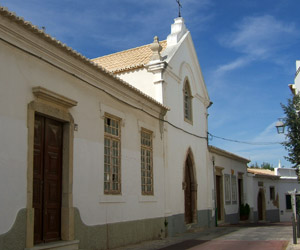
Chapel of Mercy – an old Arab mosque, located at Rua Henrique Calado was the chapel of Mayors Castle. In 1499 it was restored as the Chapel of Mercy. This too was affected by the 1755 earthquake, and after it carried out the reconstruction of the original body and the portal in Gothic style. Inside, it highlights a carved altarpiece where an image of Our Lady of the Visitation and the Dead Lord and also the tomb of Rui Dias, who probably would have been Alcaide Castle.
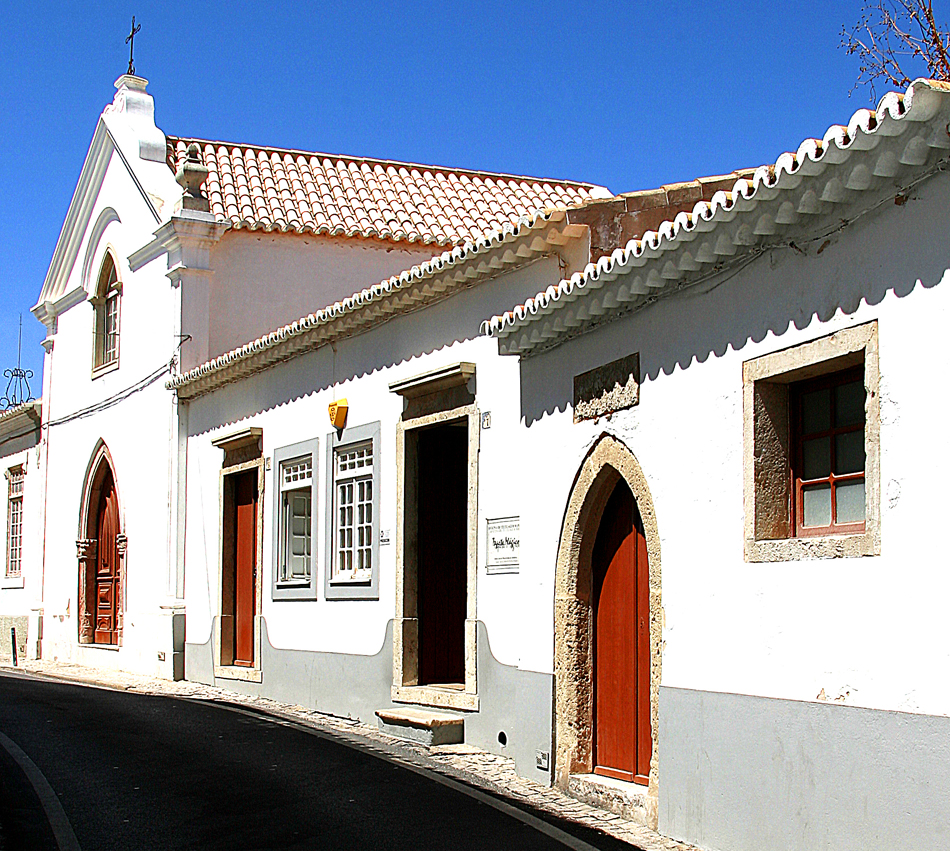
Building Old Hostel – in Henry Street Calado and was one of the few who escaped the earthquake of 1755. Here they flocked and stayed overnight travelers and beggars to whom the Mercy paid aid.
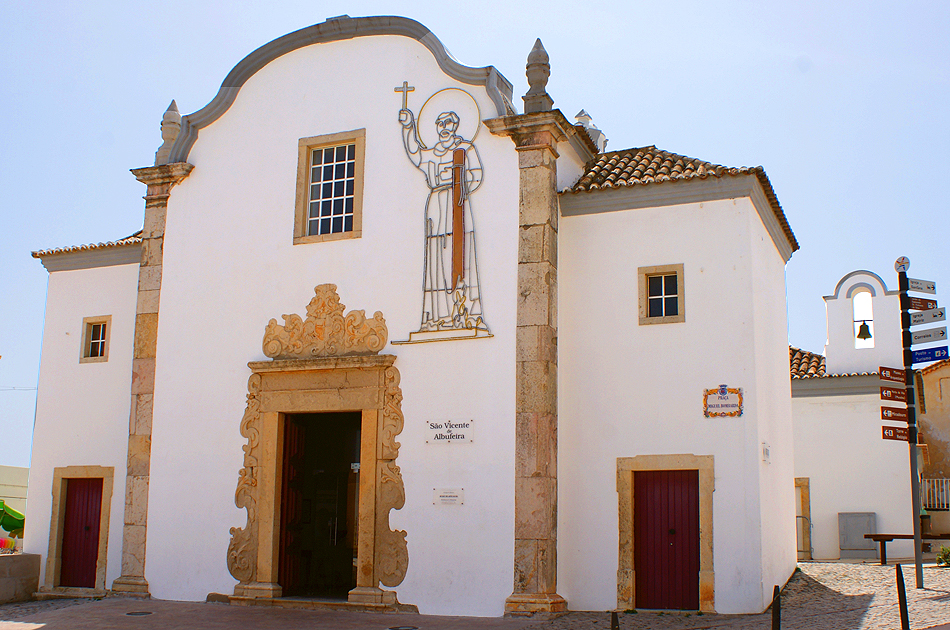
S. Sebastião Chapel – built in the mid-eighteenth century and is located in the Plaza Miguel Bombarda. Their architectural forms are popular inspiration. Its exterior it is noted a dome and two portals, with the trimmed side by masonry in Manueline style and the main working, being a fine example of baroque decoration. The interior is a single nave and has a wooden altarpiece of the second half of the eighteenth century, six images of saints, all in wood and unknown authors and also an image in stone, perhaps the sixteenth century that should belong to the old Chapel of Nossa Senhora da Piedade.
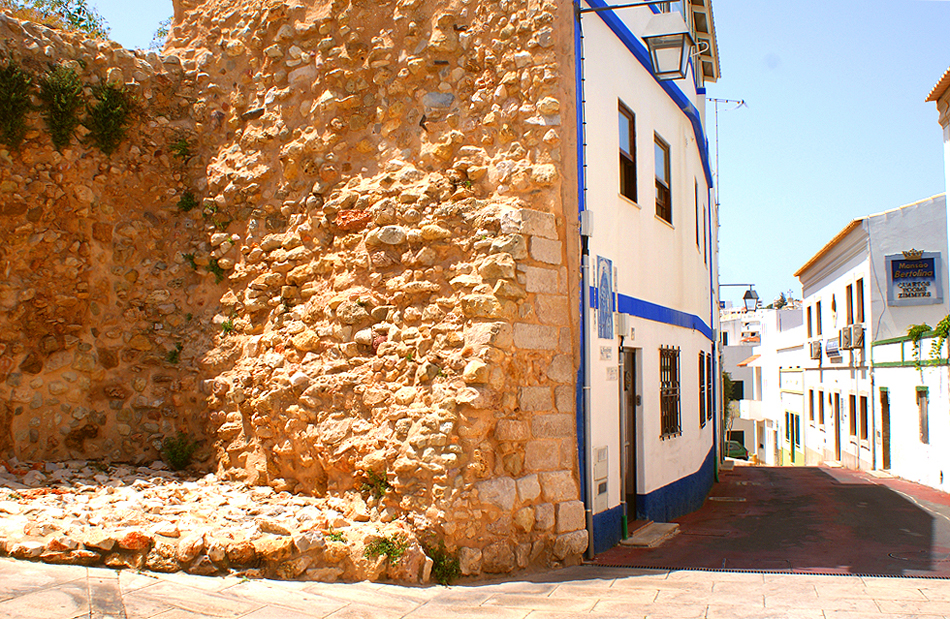
Castle Wall – only a vestige situated at Joaquim Pedro Samora, one of the towers of the Castle Wall, which would be located north port or beach.
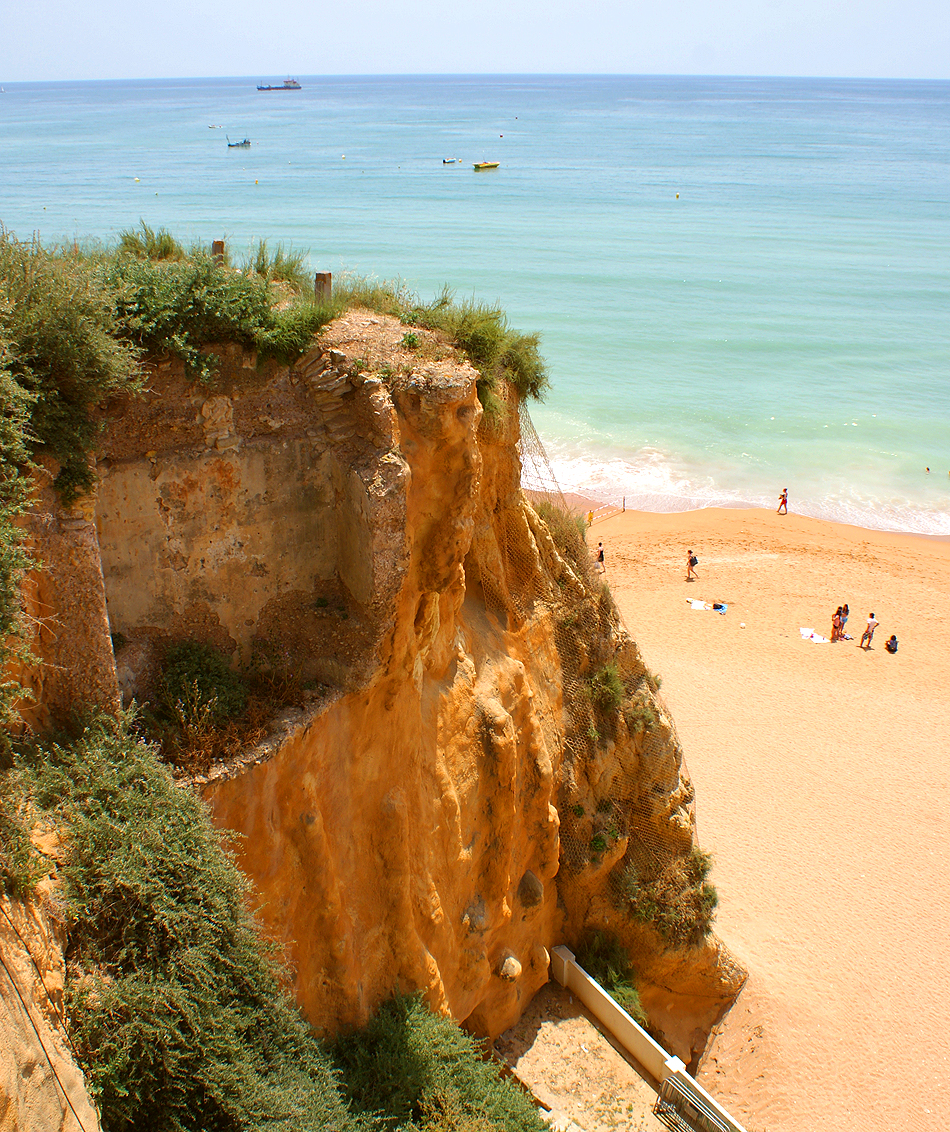
Albufeira battery – built probably in the sixteenth century, in an area where the cliff measuring 41 meters high. The cliff collapse came to uncover this underground chamber that served to store ammunition and also today can be seen today of the wall of Bateria Street.
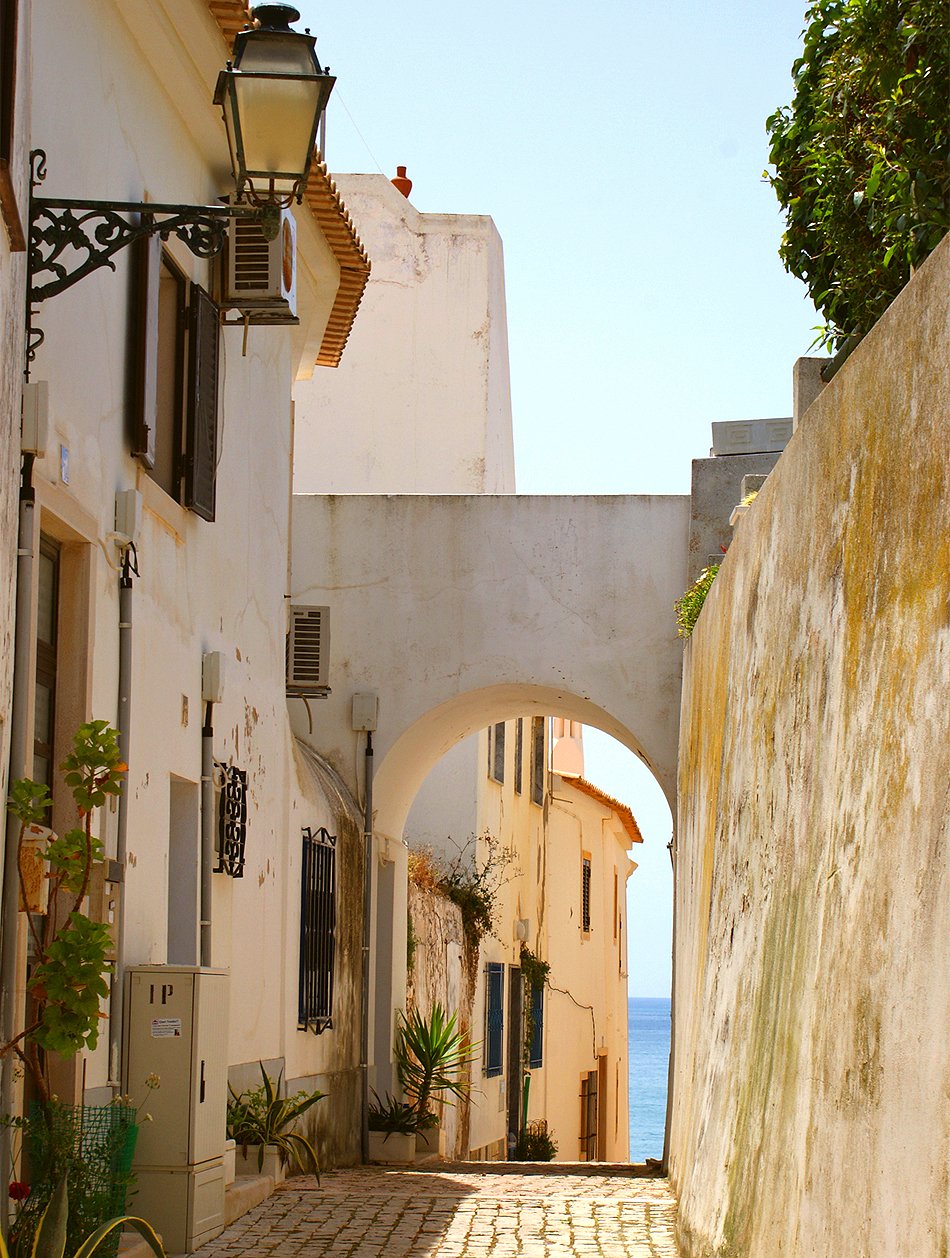
Arch Transom Old Church – It is a fine example of Arabic architecture and are noticing the tanks and the central gully sidewalk. The name of this street is due to the existence of an Arab mosque, later transformed into a Christian church and that also collapsed during the 1755 earthquake.
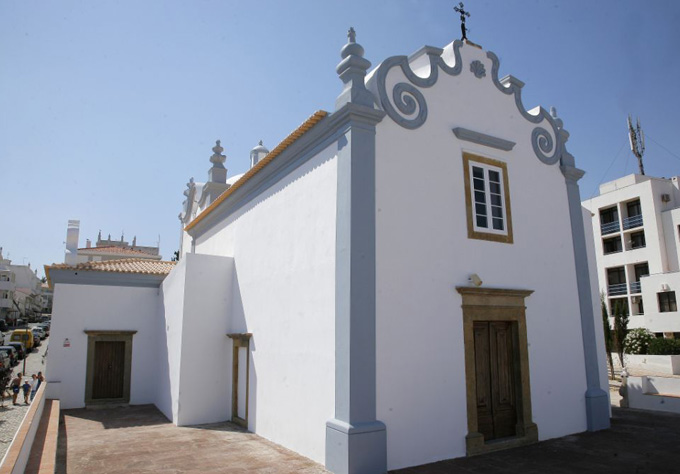
Igreja de Sant’Ana – construído no século XVIII e está situado no Largo Jacinto d´Ayet. A Capela Mor apresenta um retábulo em madeira, possivelmente, da autoria dos mestres Francisco Xavier Guedelha e João Batista. É, ainda, de salientar um retábulo de Nª Srª das Dores e uma imagem de Cristo Crucificado, esculpida em madeira.
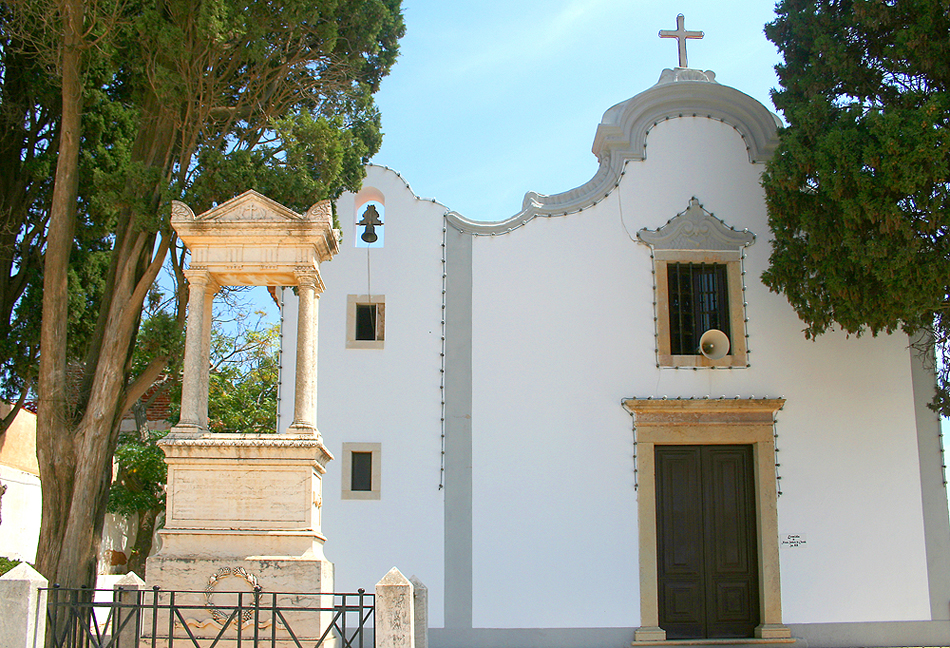
Nª Srª da Orada Chapel – the chapel dates back to the sixteenth century, while the current is a construction of the 2nd half of the eighteenth century. Inside highlights is a wooden altarpiece and abroad attention goes to the tombs of Francisco da Silva Cabrita, freire Avis Order and Francisco Correia d’Ataide Cabrita, who participated in the struggle against the guerrillas Remexido in 1833.
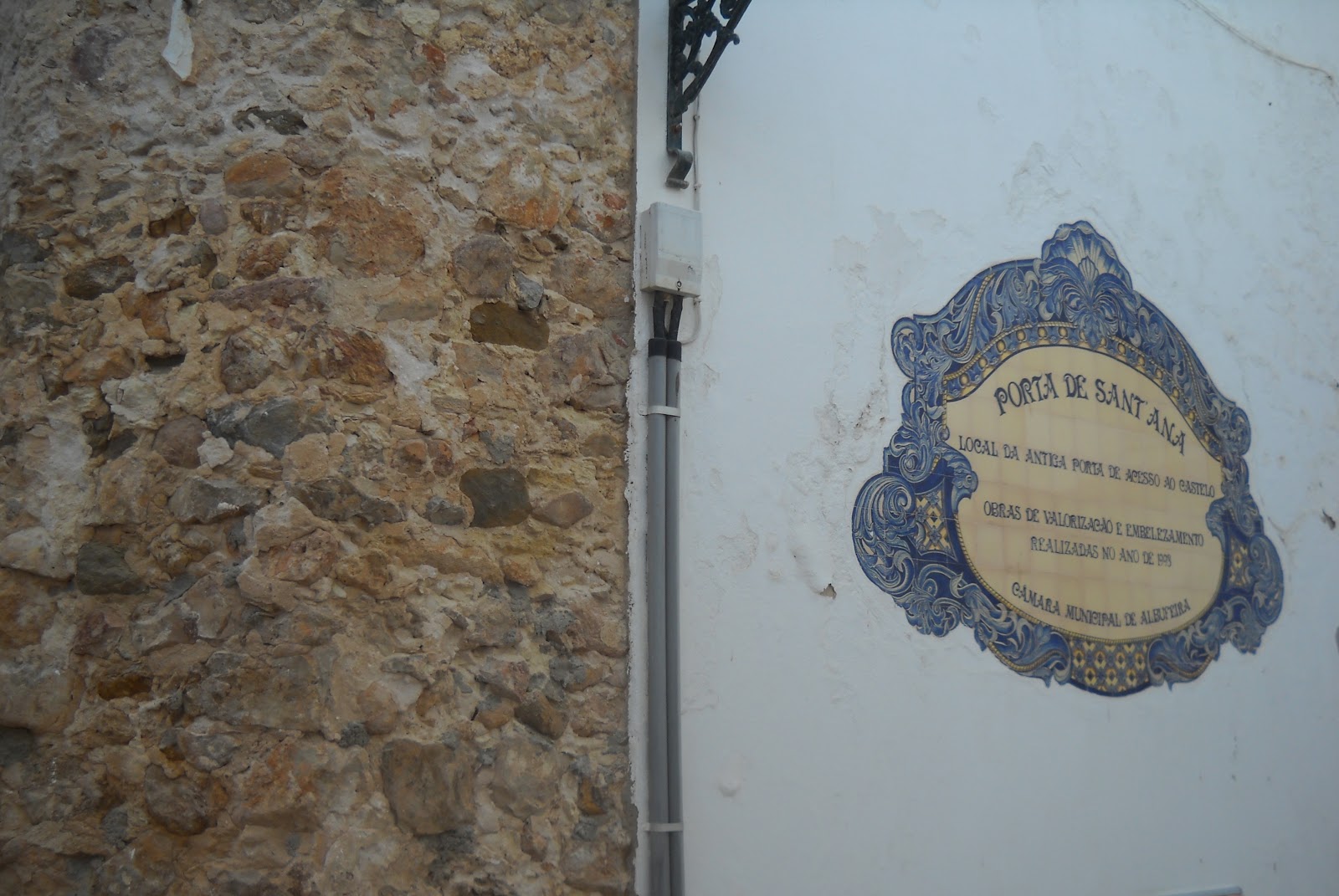
Sant’Ana Door – It is one of the three gates of the Castle, so called for giving access to the chapel of the same name and also disappeared in the earthquake of 1755. From the late eighteenth century the cult of St. Anne went to perform in the current chapel.
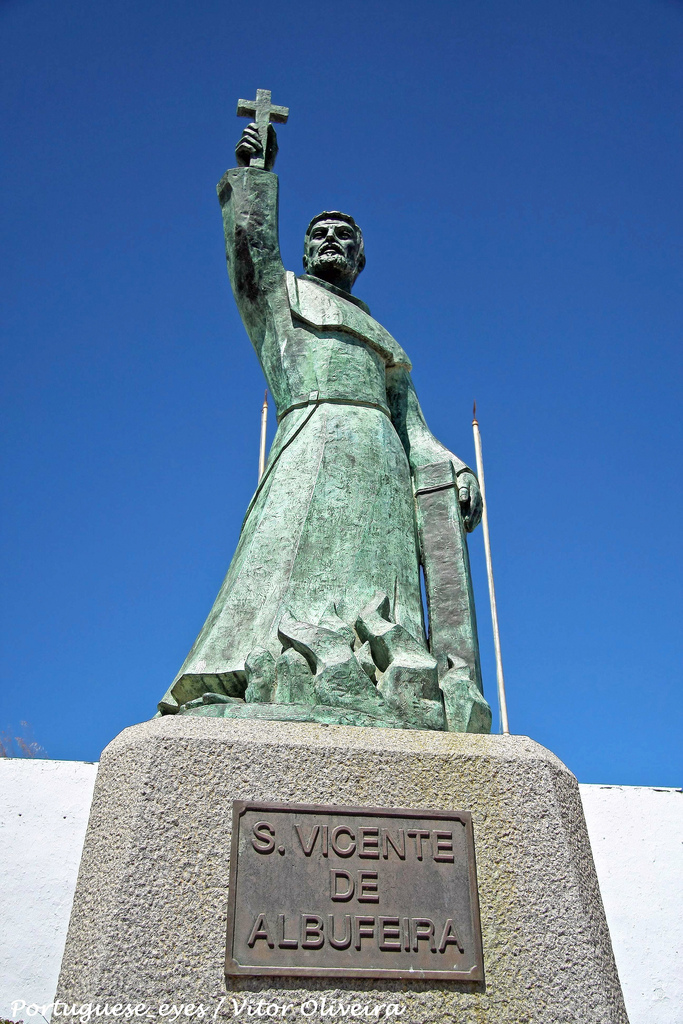
St. Vincent de Albufeira – a monument to Frei Vicente de Santo Antonio located in Largo Jacinto d’Ayet. St. Vincent was born in 1590 in the village of Albufeira and at his baptism, his mother offers him to Our Lady of Oratory. During his studies proved to be hardworking and intelligent, which made him get out of Albufeira and continue his studies in Lisbon, having proved to be a good singer, musician, right-handed player tools, connoisseur of classical languages, designer, student medicine and fencer. The death of his parents take him to the priesthood and then part to Mexico where he joined the Order of St. Augustine. After many difficulties managed to fulfill his dream, to preach the faith of Christ in Japan. He was imprisoned two years during which he was tortured to recant the Christian faith. How he did not, was caged and took him to end torture, the fire.
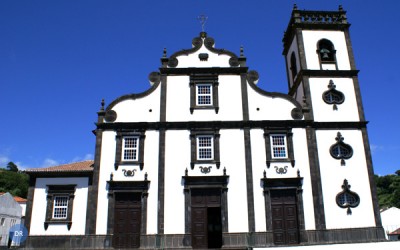
Mother Church – in Albufeira, this is in the spring, is located next to the Village Guide. It is a building of the seventeenth century and its patron saint Our Lady of the Visitation. Inside you can admire the altarpiece of the main chapel, an image of Our Lady of the Visitation, probably from the eighteenth century, the images of San Antonio and Christ Crucified, which date back to the seventeenth century, the images of Our Lady of the Rosary and of Our Lady of Sorrows, both of the eighteenth century and the beautiful tiles that fill the church body footer.
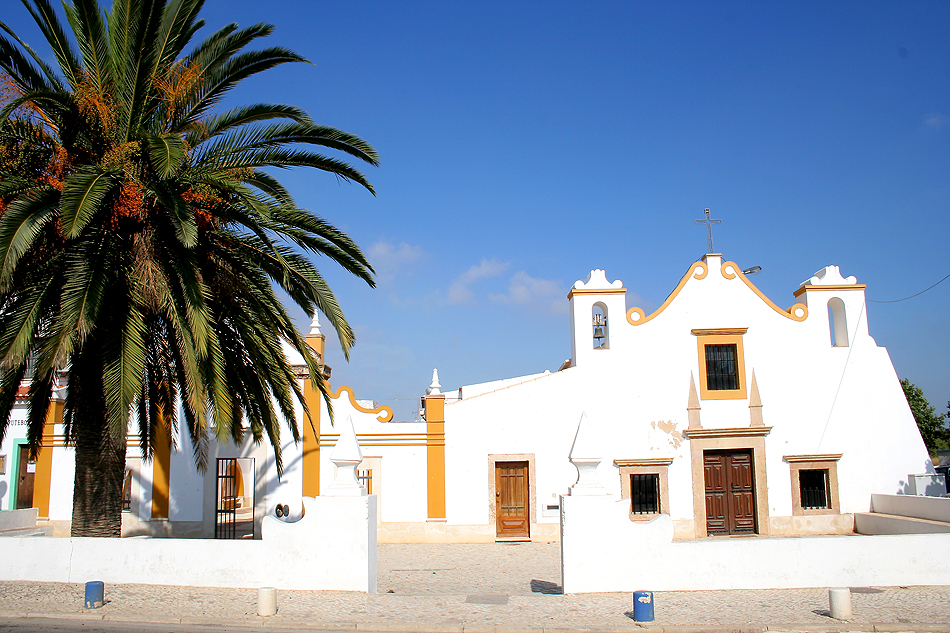
Nossa Senhora da Guia Chapel – prior to the sixteenth century, but with the earthquake of 1755, was partially destroyed, suffering successive improvements, among which the first quarter of the eighteenth century, when the current altarpiece was placed in gilt, is considered an important testimony of the Baroque in the Algarve and it is undoubtedly one of the most important monuments of artistic value of the municipality of Albufeira. Despite the small estate, its interior is partially covered with polychromatic tiles, highlighting the statue of the Virgin dating from the mid-seventeenth century.
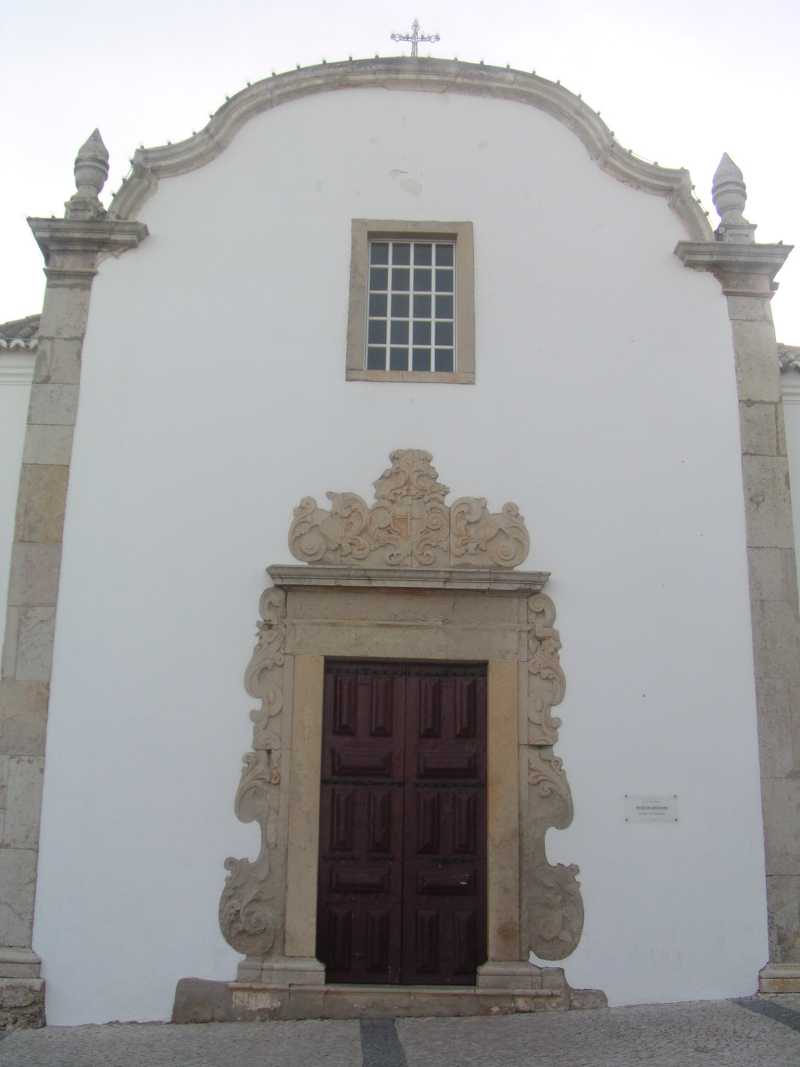
São Sebastião Chapel – built in the sixteenth century or early seventeenth century, it is badly damaged during the 1755 earthquake, but three years later was already completely rebuilt. The chapel is dedicated to St. Sebastian, because according to tradition, this saint who contributed to the disappearance of the Black Death. Of his estate, was part of a picture of that saint who is currently in the sacristy of the parish church. It is a wooden image that may date from the seventeenth century.
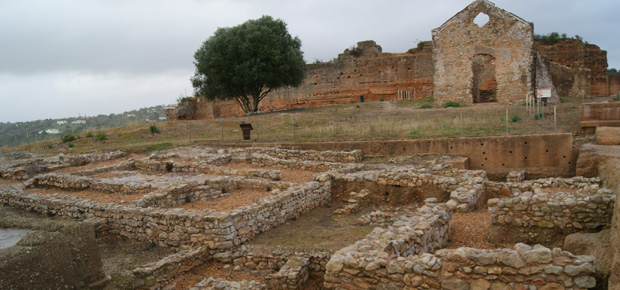
Paderne Castle – one of which the flag of Portugal and was conquered from the Moors by D. Paio Peres Correia in 1248 and desacoitado in 1858. Ranked as a Public Interest Building since 1971, the Castle is to be studied by the IPPAR – Portuguese Institute Heritage architectural and Archaeological, with a view to their recoverability and classification of surrounding areas to Quarteira Ribeira as Protected Landscape Area. This study includes the identification of several nuclei of archaeological and ethnographic interest, as well as the characterization of the existing fauna and flora. Despite successive restorations, its conservation status is degraded and today has only some wall sections and the entrance tower and main walls of their hermitage. At the beginning of the century. XVI, with the transfer of the inside of the walls north village, it becomes clear their state of semi-abandonment and later with the 1755 earthquake suffered partial collapse of walls and barbican tower.
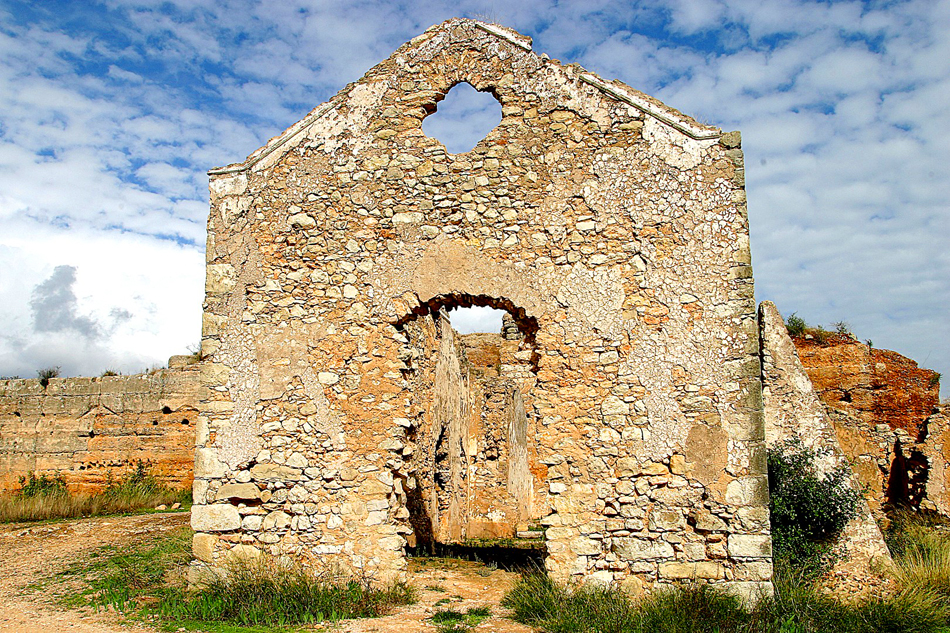
Nª Sª da Assunção Chapel – the old parish of Paderne, this lies within the perimeter of the ancient fortification of Paderne, but the isolation and ruin this led to its progressive abandonment, and despite repeated facelifts, was permanently disabled in 1858. It was a small building dome in the Chancel and wood in closed body. Featuring three altars, and the high altar the Holy Image of Our Lady. Today, only shows the main walls, having lost most of his estate.
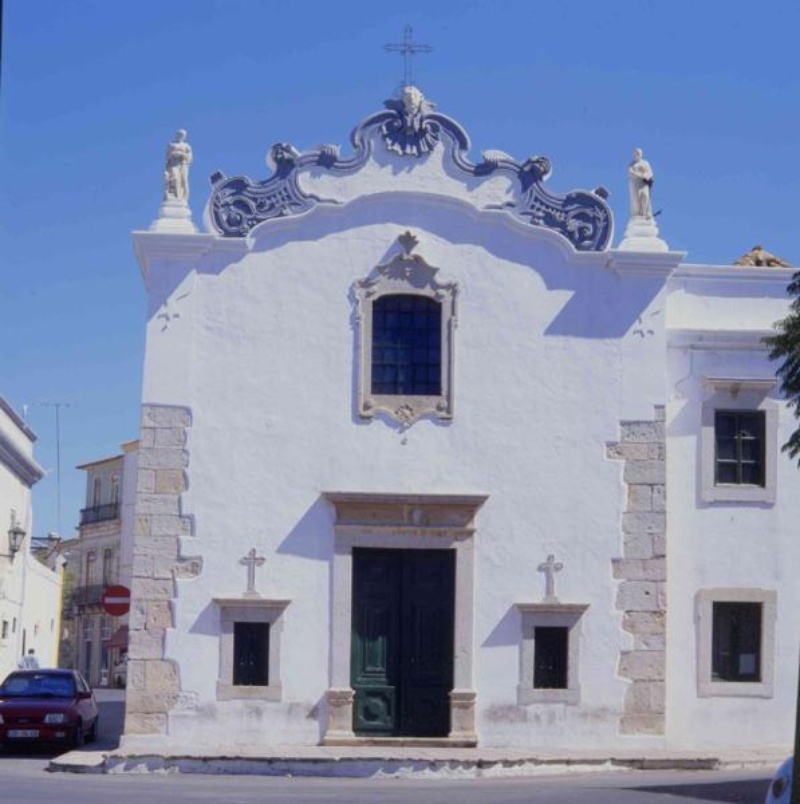
Nª Sª do Pé da Cruz Chapel – built in the seventeenth century, has undergone restoration work in 1711. Inside you can admire his altarpiece of the beginning of the eighteenth century, in the case of a testimony of the Baroque period.
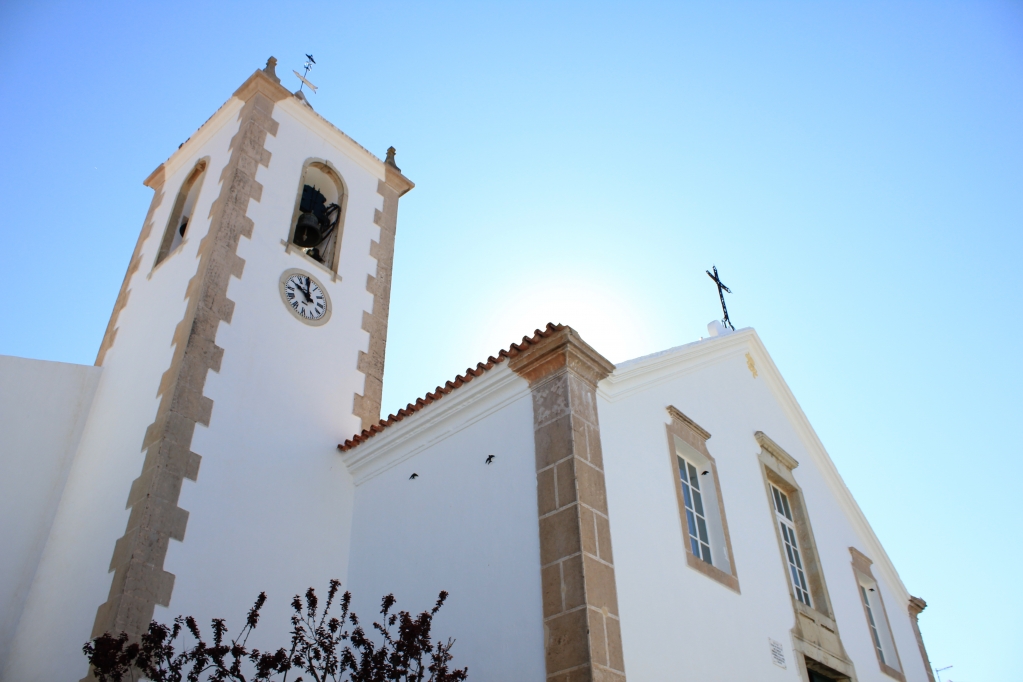
Mother Church of Paderne – a beautiful temple of three ships and its construction dates from 1506, with later additions. When transferring the village of Paderne from inside the walls 2 km to the north, it was built then a new church that would become the Church of Paderne. The temple which then began had three aisles, four bays and bedside composed of ousia and two side chapels, while in 1554 almost complete, lacking only the Church of the body cover. Its architecture stands out late combination of Renaissance form with Manueline elements, particularly in the stonework of the capitals in the triumphal arch and the roof of one of the head chapels. In the seventeenth and eighteenth centuries proceeded to the opening of some side chapels in the body of the Church, to meet the brotherhoods that hosted here and the end of the century. XIX was added a new leg to the body of the Church, building a new main facade (1880) and later in 1905 was carried out to increase the bell tower and its endowment with a clock. Inside you can admire the various altarpieces, a goblet whose curiosity that it has a flattened spherical node, which makes it an interesting witness to the Renaissance period. Among the sculptural estate, composed of a dozen wooden copies of the seventeenth and eighteenth centuries, it highlights the image of the Archangel Michael, the Baroque era.
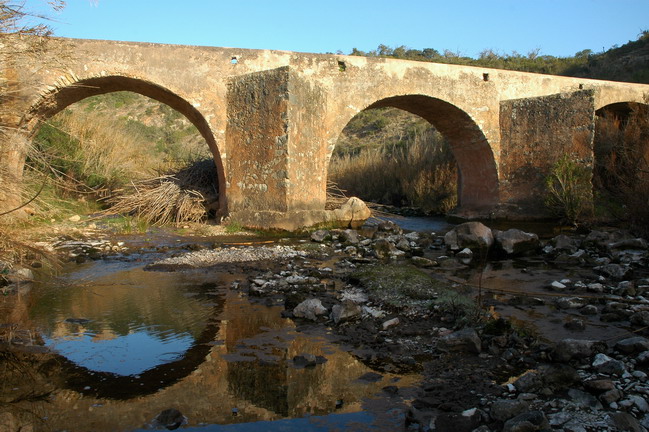
Castle Bridge – Roman feature, located in the valley southwest of the Castle on the Quarteira River, rebuilt in 1771 and where they are visible three arches and carved two tides in the shape of triangular prism.
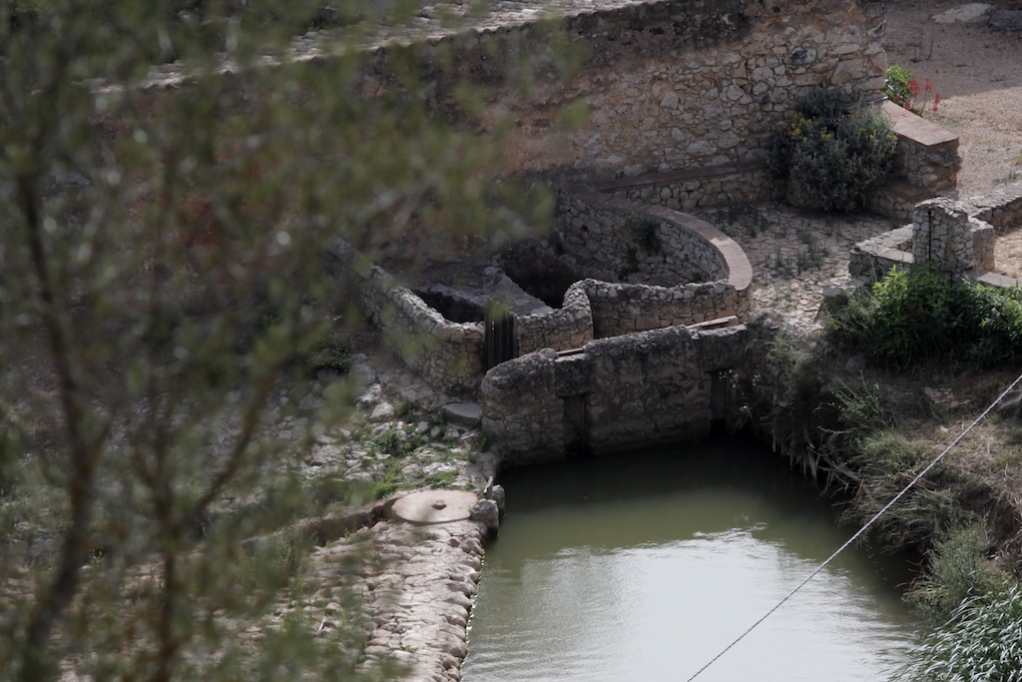
Watermill – a traditional system margin, which is the driving force of the drive water. It is unknown the date of construction of this Azenha, knowing, however, that these devices are older than windmills and are a legacy of the Arab period. In a charter granted by King Manuel in 1504, are already references to these milling systems, which presupposes its antiquity and the important role they played in a traditional technological background of the communities that lived here.
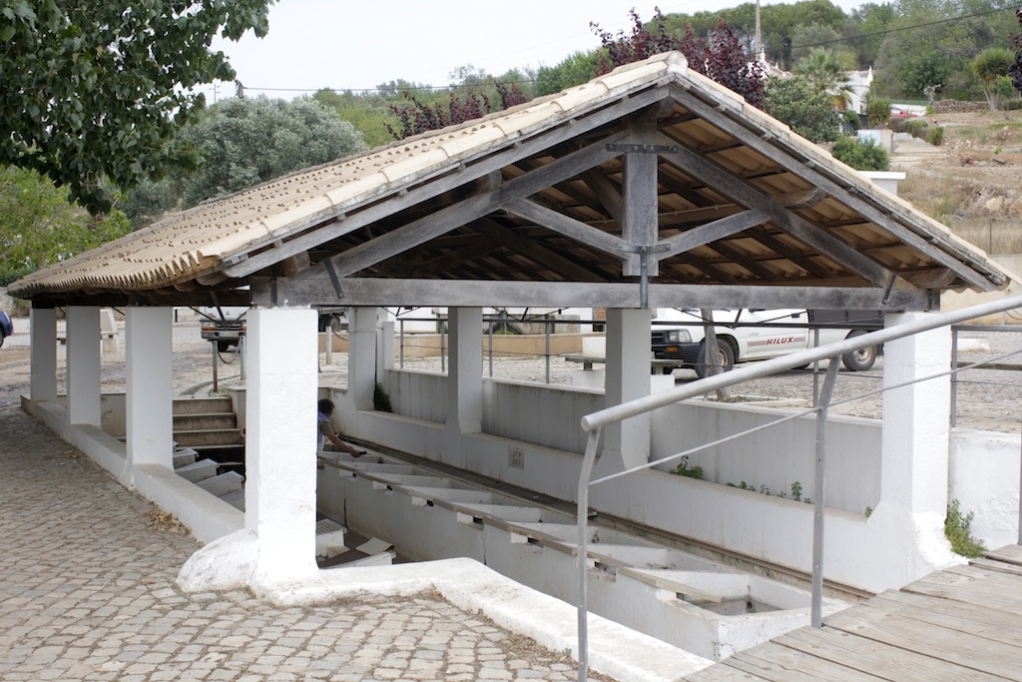
Fountain – on the road between Paderne and its castle, its existence dates back to the century. XVIII and given its importance, was firmly protected by the municipal legislation of the time. Integrated intervention in the area of Quarteira River, has a project that includes the conservation of the fountain and landscaping of the surrounding areas. Initially public parking and sanitary zones will be created. Subsequently, it is planned to install kiosks for selling crafts and regional products.
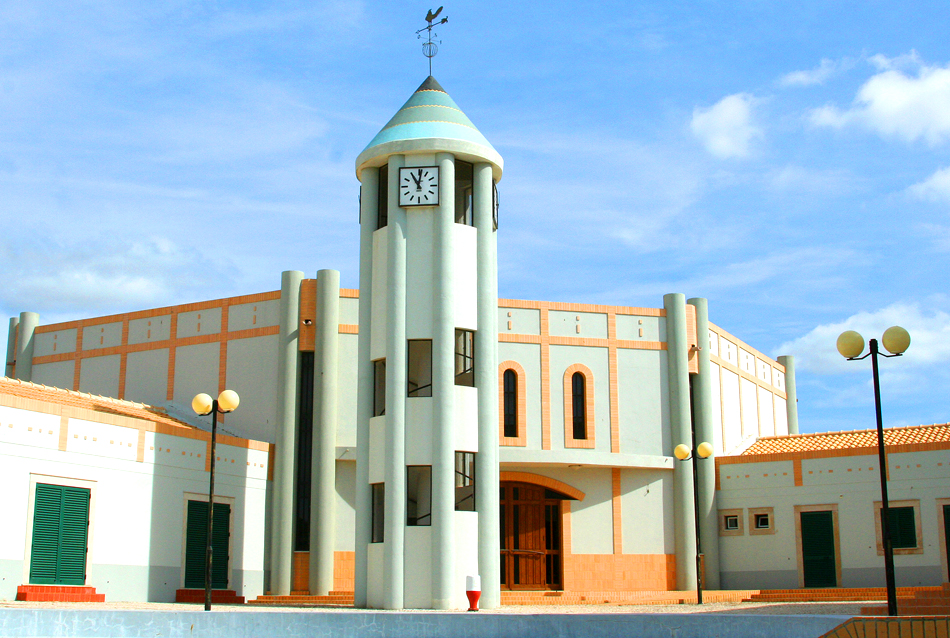
S. José de Ferreiras Church – inaugurated on April 30, 2000 and is located north of the village of Ferreiras. It is a building which occupies about 1,140 m2 and is imposed by its size and the octagonal shape. The bell tower is surmounted by a globe symbolized the earth and a pinwheel-shaped cock, both in copper. At the center is a fountain with water, an element that symbolizes fertility and freshness. The glass brick panel, blue color, which frames the altar have ahead, pending above, the image of Christ Resurrection, wood carving of the Algarve Arlindo Arez. The tile panel that frames the font.
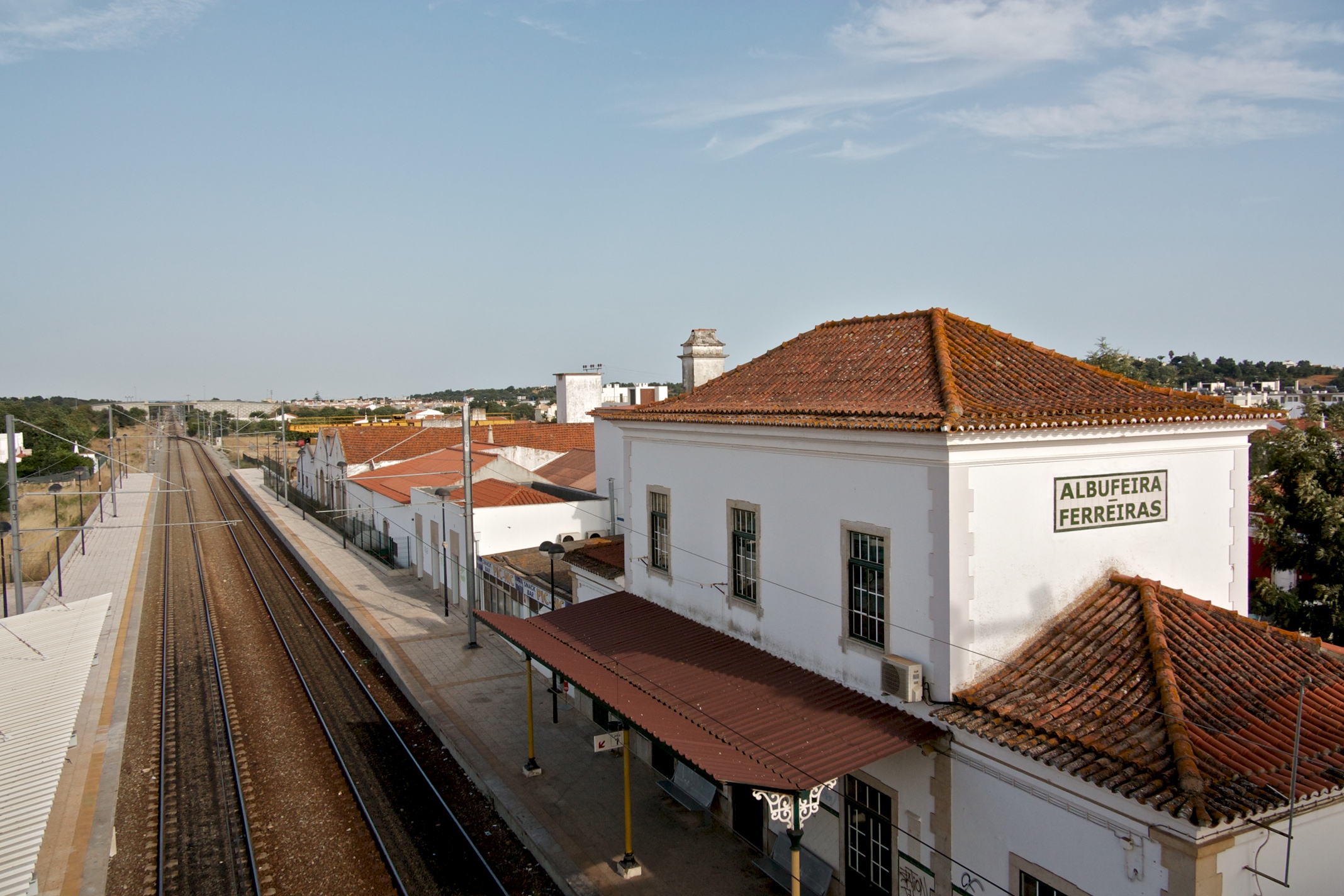
CP station – in 1918, the Special Issue of Propaganda Albufeira beach, you can read the following “Albufeira has railway station – Part vapor from Palace Square at 20 towards Barreiro – arrival of the train to Albufeira to 7:04, there is always transport to the village. ” Since November 1926, the fast trains begin to stop in Albufeira station in Ferreiras site, and later, in 1938, the Traffic Company of the Algarve started the connection between the town of Albufeira and Ferreiras through regular careers pickup trucks.
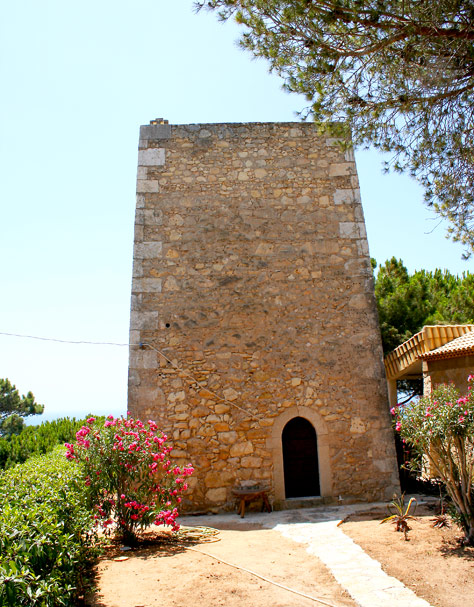
Tower Medronheira – built during the reign of King John III, served as a lookout to warn coastal villages of the approaching pirates.
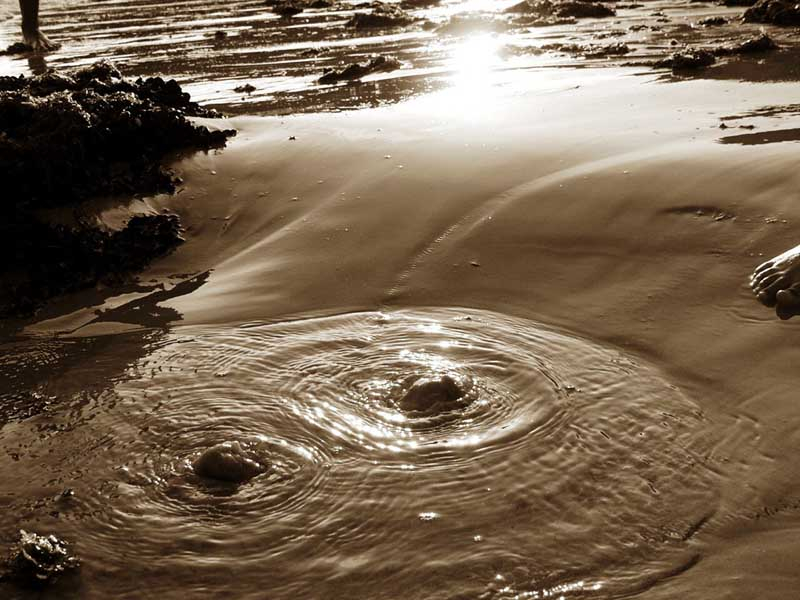
Olheiros – along the beach can be seen underwater springs of fresh water.



